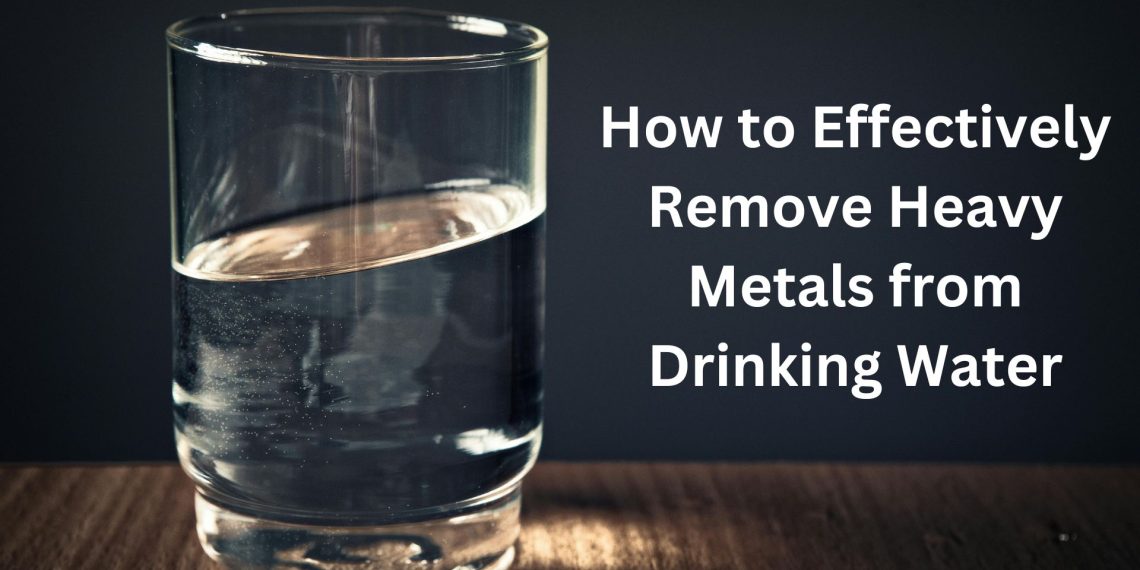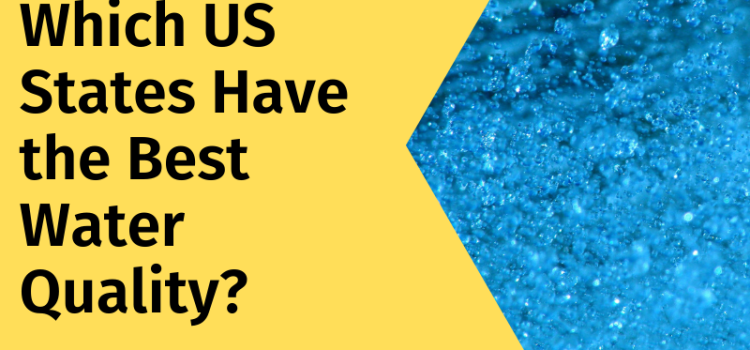Ensuring the purity of drinking water is essential for health and well-being. The presence of heavy metals such as lead, arsenic, mercury, and cadmium poses serious health risks. In this article, we explore advanced and effective methods to remove heavy metals from drinking water, ensuring safety and compliance with global water quality standards.
What are the Risks of Heavy Metals in Water?
Heavy metals are naturally occurring elements that can enter water sources through industrial discharge, mining activities, and agricultural runoff. These contaminants accumulate in the human body over time, causing health issues such as kidney damage, neurological disorders, and developmental delays. Therefore, addressing their removal is critical.
Key Methods to Remove Heavy Metals from Drinking Water
- Reverse Osmosis (RO) Systems
Reverse osmosis is a highly effective method for removing heavy metals. This system forces water through a semi-permeable membrane, blocking contaminants and allowing only pure water to pass through.
- Advantages:
- Removes up to 99% of heavy metals like lead, mercury, and arsenic.
- Enhances overall water taste and clarity.
- Applications: Ideal for household use and industrial water treatment.
- Activated Carbon Filtration
Activated carbon filters are commonly used to eliminate organic pollutants and certain heavy metals. They work by adsorbing contaminants onto their surface.
- Effectiveness: Best for removing mercury and organic compounds.
- Combination Use: Often paired with other filtration systems for enhanced results.
- Ion Exchange Systems
Ion exchange technology replaces heavy metal ions with safer ions like sodium or potassium. This method is particularly efficient for removing metals such as copper and lead.
- Benefits:
- Long-lasting results with proper maintenance.
- Effective in hard water treatment.
- Limitations: Requires periodic resin regeneration.
- Distillation
Water distillation involves boiling water and condensing the steam into a clean container, leaving heavy metals behind.
- High Efficiency: Removes nearly all types of heavy metals.
- Energy-Intensive: Suitable for small-scale applications due to higher energy requirements.
- Electrocoagulation
Electrocoagulation uses an electrical current to destabilize contaminants, causing heavy metals to form larger particles that can be easily removed.
- Applications: Frequently used in industrial wastewater treatment.
- Advantages:
- Environmentally friendly.
- Can treat large volumes of water efficiently.
Emerging Technologies in Heavy Metal Removal
Nanotechnology-Based Filters
Nanotechnology is revolutionizing water treatment. Nanomaterials, such as graphene oxide and carbon nanotubes, provide enhanced adsorption capabilities for heavy metals.
- Advantages:
- High efficiency in capturing minute contaminants.
- Durable and cost-effective in the long run.
Photocatalysis
Photocatalysis involves using light-activated catalysts to degrade heavy metals into less harmful substances.
- Best Use Cases: Particularly effective for arsenic removal.
- Future Potential: Promising for large-scale water purification systems.
Factors to Consider When Choosing a Water Treatment System
- Contaminant Levels
Testing water for heavy metal concentration is the first step. Choose a treatment system that effectively targets the specific contaminants present.
- System Maintenance
Some systems, like ion exchange or RO, require regular maintenance to ensure consistent performance. Factor in replacement costs for filters or membranes.
- Water Volume Requirements
For households, compact systems like under-sink RO units suffice. Industrial settings, however, may need large-scale solutions such as electrocoagulation.
- Budget Constraints
Evaluate the initial cost, operational expenses, and long-term benefits of each method. While advanced systems may have a higher upfront cost, their durability and efficiency can offset expenses over time.
Additional Measures for Heavy Metal Prevention
- Source Protection: Prevent heavy metal contamination by minimizing industrial and agricultural runoff into water supplies.
- Regular Testing: Periodic water quality checks ensure timely intervention.
- Public Awareness: Educate communities about the risks and solutions for heavy metal contamination.
Conclusion
Removing heavy metals from drinking water is a critical step toward safeguarding public health. Technologies such as reverse osmosis, activated carbon filtration, and ion exchange provide reliable solutions. Meanwhile, emerging methods like nanotechnology and photocatalysis hold great promise for the future. By choosing the right treatment system and maintaining vigilance, we can ensure access to safe, clean water for all.












угнту купить диплом [url=www.r-diploma18.ru/]угнту купить диплом[/url] .